Your complete guide to navigating the complex timeline of one of anime's most acclaimed supernatural series.
Quick Answer
If you're new, start with the Best First-Time Order because it balances mystery reveals with proper character development while avoiding early confusion.
How the Arcs Fit Together (Spoiler-Light)
The Monogatari series follows a non-linear timeline that can confuse newcomers. Here's what makes it complex:
Kizumonogatari is a prequel set during spring break, revealing how protagonist Araragi became involved with vampire Kiss-shot and gained his abilities.
Nekomonogatari: Black occurs during Golden Week before most Bakemonogatari events, focusing on Hanekawa's family troubles and supernatural encounters.
Second Season bundles five separate arcs that jump around the timeline: Neko White (Tsubasa Tiger), Kabuki (Mayoi Jiangshi), Otorio (Nadeko Medusa), Oni (Shinobu Time), and Koi (Hitagi End).
Koyomimonogatari presents 12 short cases scattered throughout the year, serving as interludes that can be watched after Owarimonogatari (2015) or interleaved with other entries.
Time travel elements appear in certain arcs, creating additional timeline complications that work better when you understand character relationships first.
Owarimonogatari Second Season and Zoku Owarimonogatari conclude Araragi's high school story, wrapping up the main narrative threads.
Each arc focuses on different characters while building an interconnected web of supernatural mysteries and personal growth.
The series relies heavily on dialogue and internal monologue, making character understanding crucial for enjoyment.
💡 Tip: The series rewards attention to detail and character dialogue. Don't worry if you miss references on first viewing—they're designed to enhance rewatches.
❌ Avoid: Starting with Kizumonogatari if you're completely new to the series. While chronologically first, it assumes familiarity with characters and concepts introduced in Bakemonogatari.
Best First-Time Watch Order (Explained)
This order prioritizes mystery pacing and character development while minimizing confusion:
Bakemonogatari (2009) — TV — 15 episodes
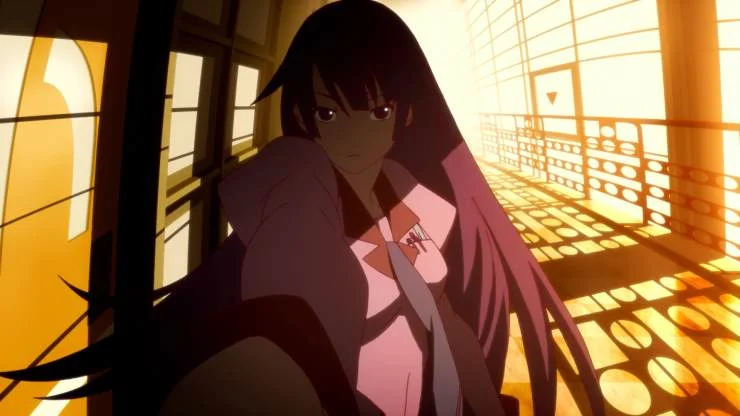
Start here to meet the core cast and understand the series' unique style. Introduces Araragi and the supernatural world without overwhelming backstory.
Kizumonogatari I–III (2016–2017) — Films — 3 parts

Now that you know the characters, this prequel provides essential backstory about Araragi's transformation. The mystery elements work better with prior context.
Nekomonogatari: Black (2012) — TV — 4 episodes
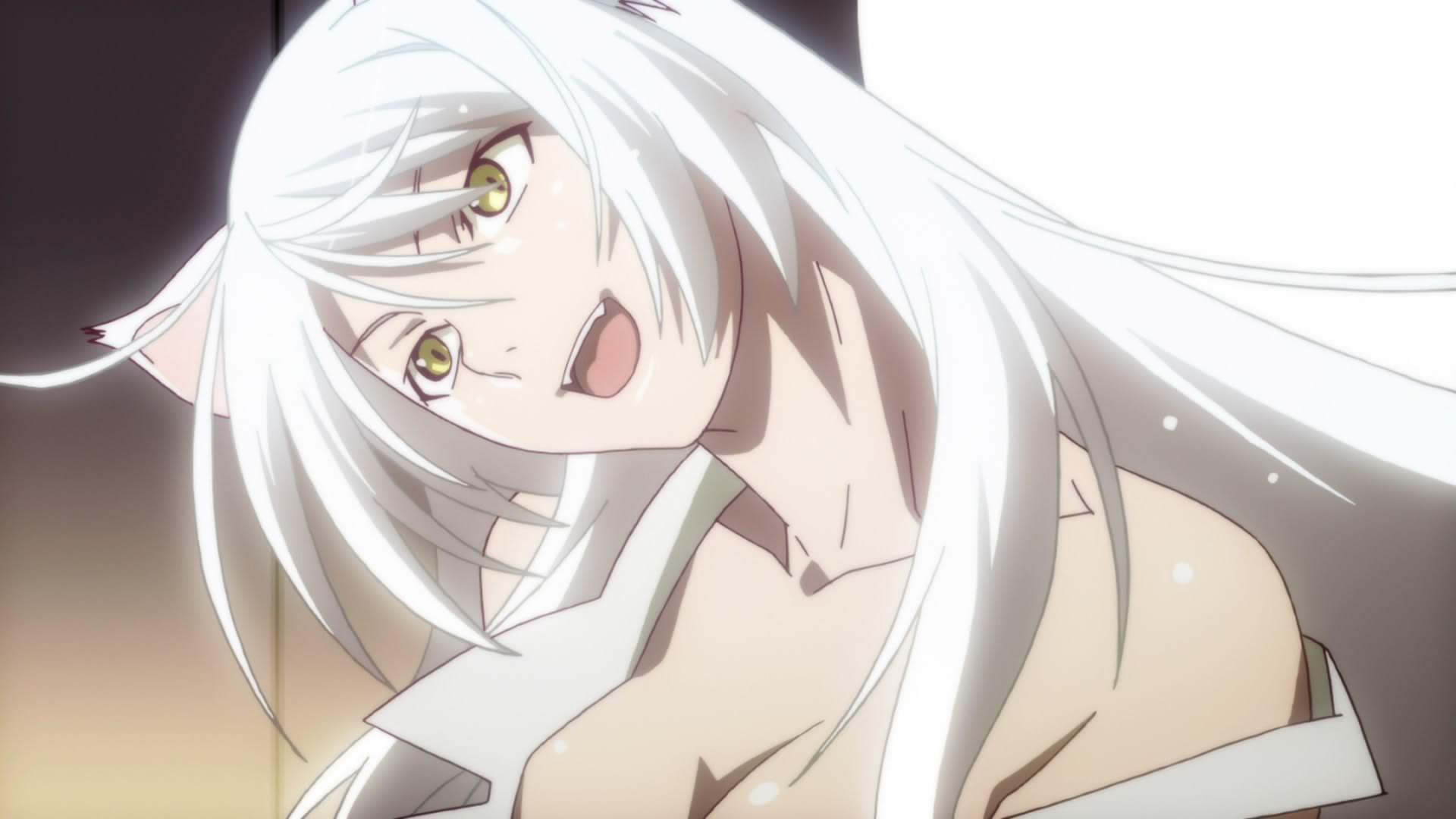
Hanekawa's arc makes more sense after understanding her relationship with Araragi. Sets up important dynamics for later entries.
Nisemonogatari (2012) — TV — 11 episodes
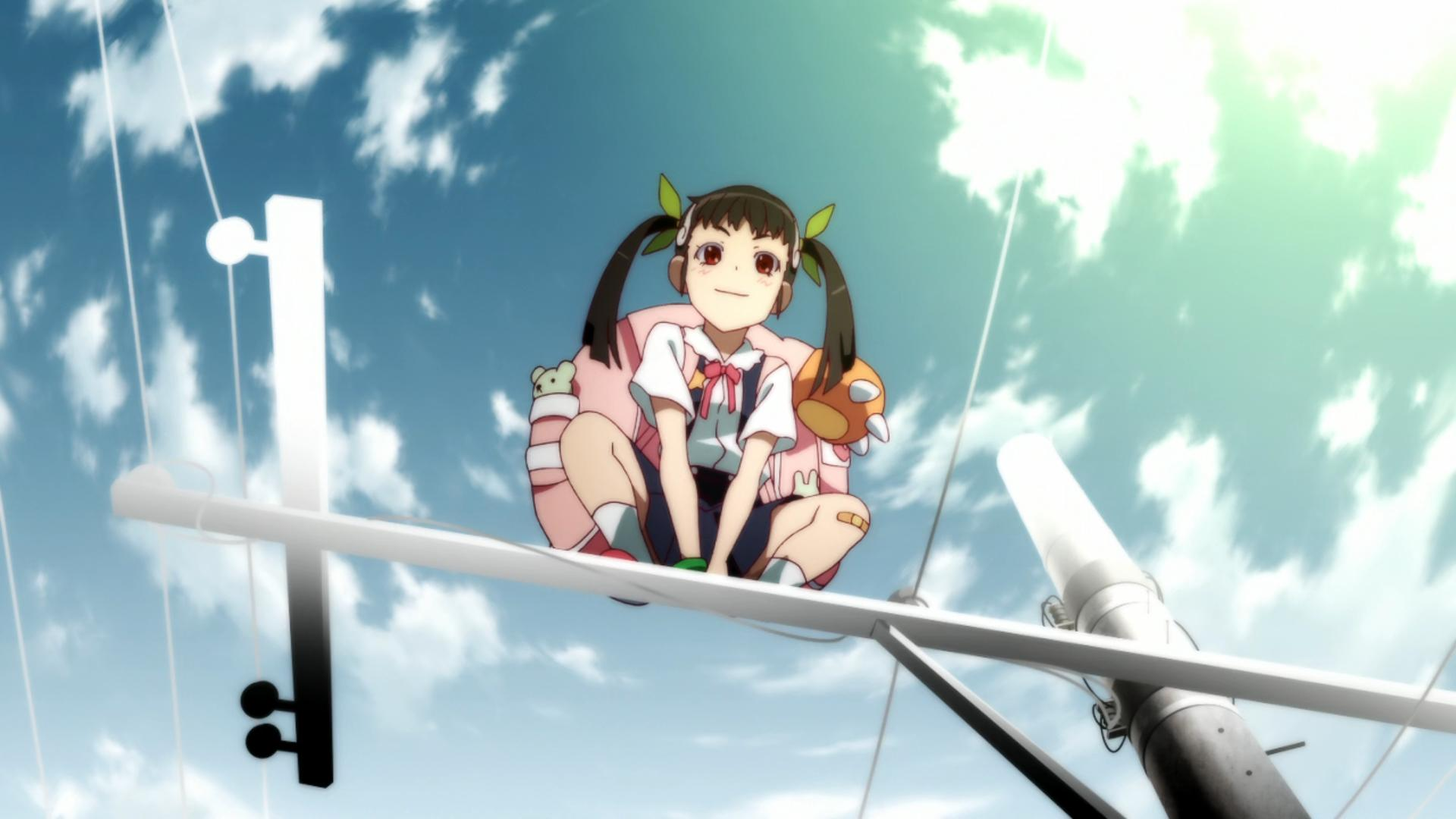
Focuses on Araragi's sisters while developing the core mythology. Natural progression from the foundation episodes.
Monogatari Series: Second Season (2013) — TV — 26 episodes

The series' peak, featuring five interconnected arcs. By now you understand the characters well enough to appreciate the complex storytelling.
Hanamonogatari (2014) — TV — 5 episodes

Set in the future, focusing on Kanbaru. Works well here as a breather between major plot developments.
Tsukimonogatari (2014) — TV — 4 episodes
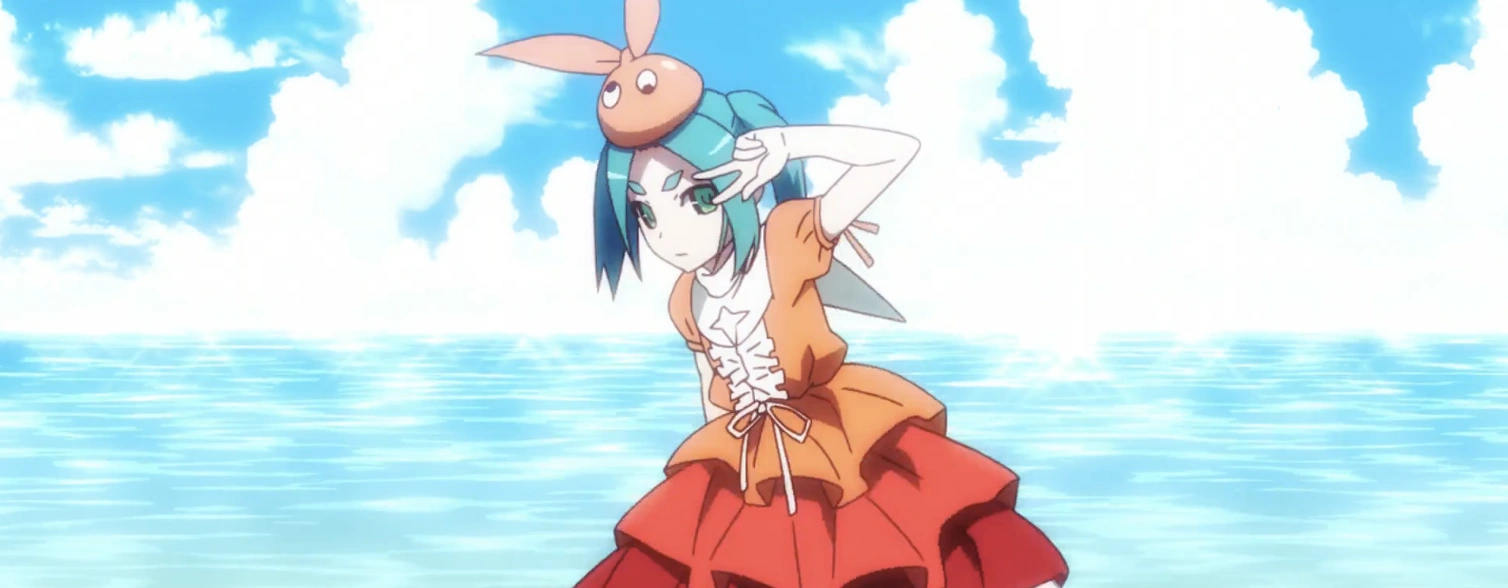
Important setup for the final arcs. Brief but crucial for understanding later developments.
Owarimonogatari (2015) — TV — 12 episodes

Major revelations about the series' mysteries. Requires understanding of all previous character development.
Koyomimonogatari (2016) — Web shorts — 12 episodes
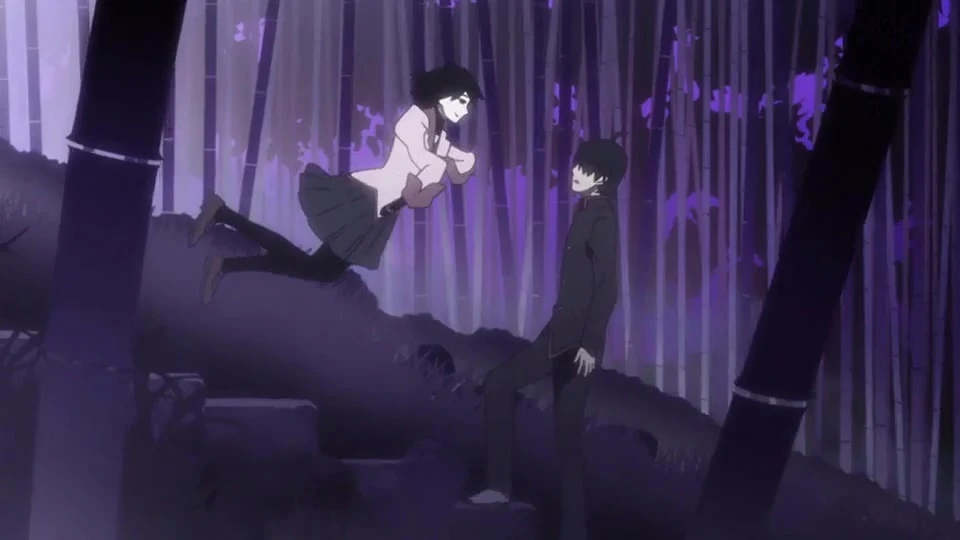
Short vignettes that provide additional context. Safe to watch here without disrupting main story flow.
Owarimonogatari Second Season (2017) — TV — 7 episodes
Climactic revelations and character resolutions. Payoff for the entire series' buildup.
Zoku Owarimonogatari (2018) — TV — 6 episodes
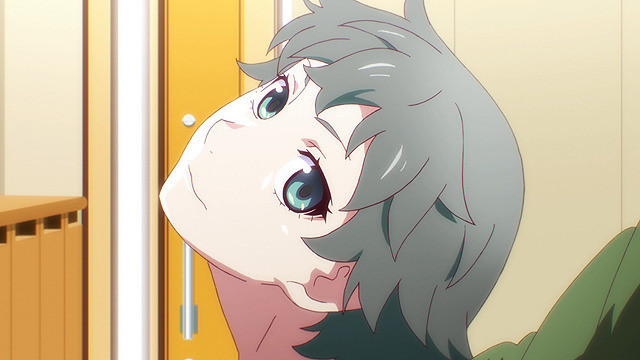
Epilogue and final character development. Perfect conclusion to Araragi's high school story.
Release (Broadcast) Order
Some fans prefer release order to experience the series as originally intended by viewers. This approach respects the creator's vision but can create confusion with the late-arriving Kizumonogatari films.
Bakemonogatari (2009) — 15 episodes
Nisemonogatari (2012) — 11 episodes
Nekomonogatari: Black (2012) — 4 episodes
Monogatari Series: Second Season (2013) — 26 episodes
Hanamonogatari (2014) — 5 episodes
Tsukimonogatari (2014) — 4 episodes
Owarimonogatari (2015) — 12 episodes
Koyomimonogatari (2016) — 12 episodes (shorts)
Kizumonogatari I–III (2016–2017) — 3 films
Owarimonogatari Second Season (2017) — 7 episodes
Zoku Owarimonogatari (2018) — 6 episodes
The main drawback is watching Kizumonogatari so late, which can feel awkward since it's a prequel explaining events referenced throughout earlier entries.
